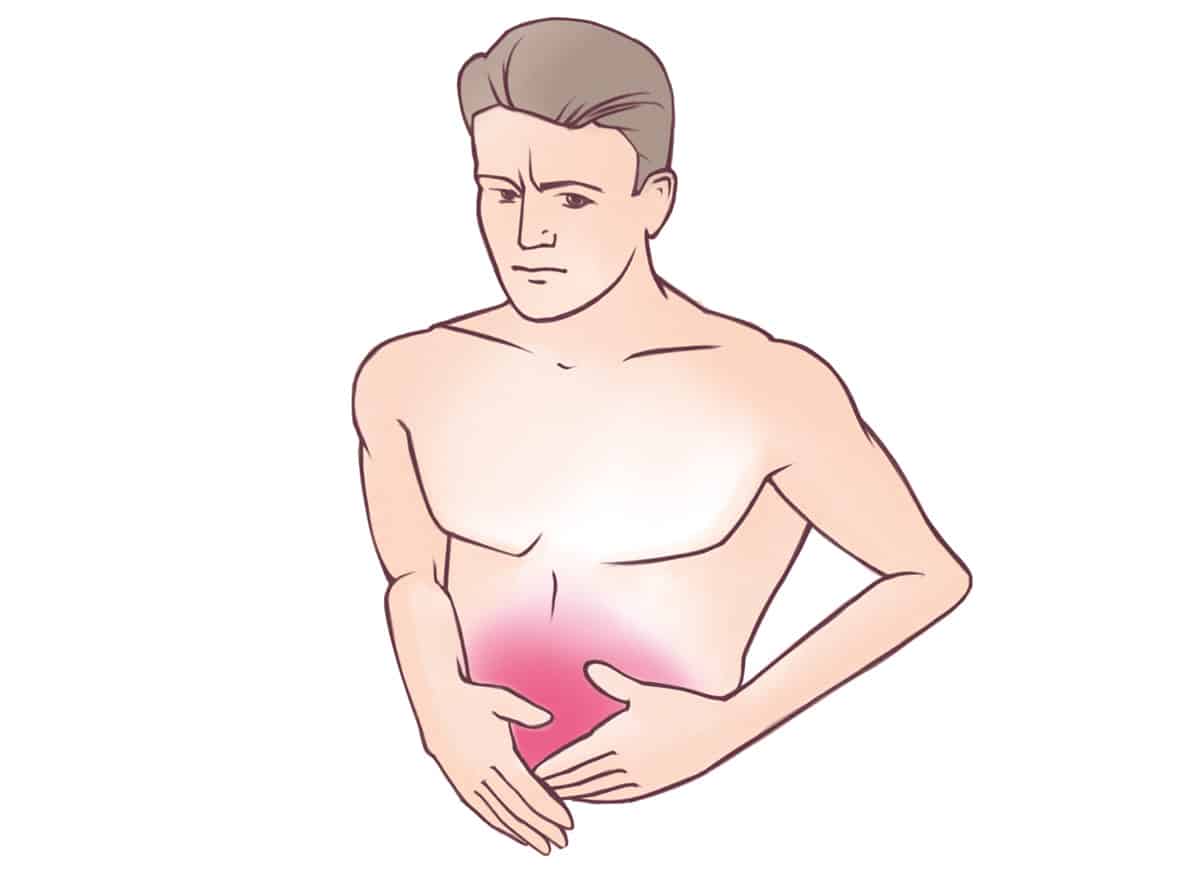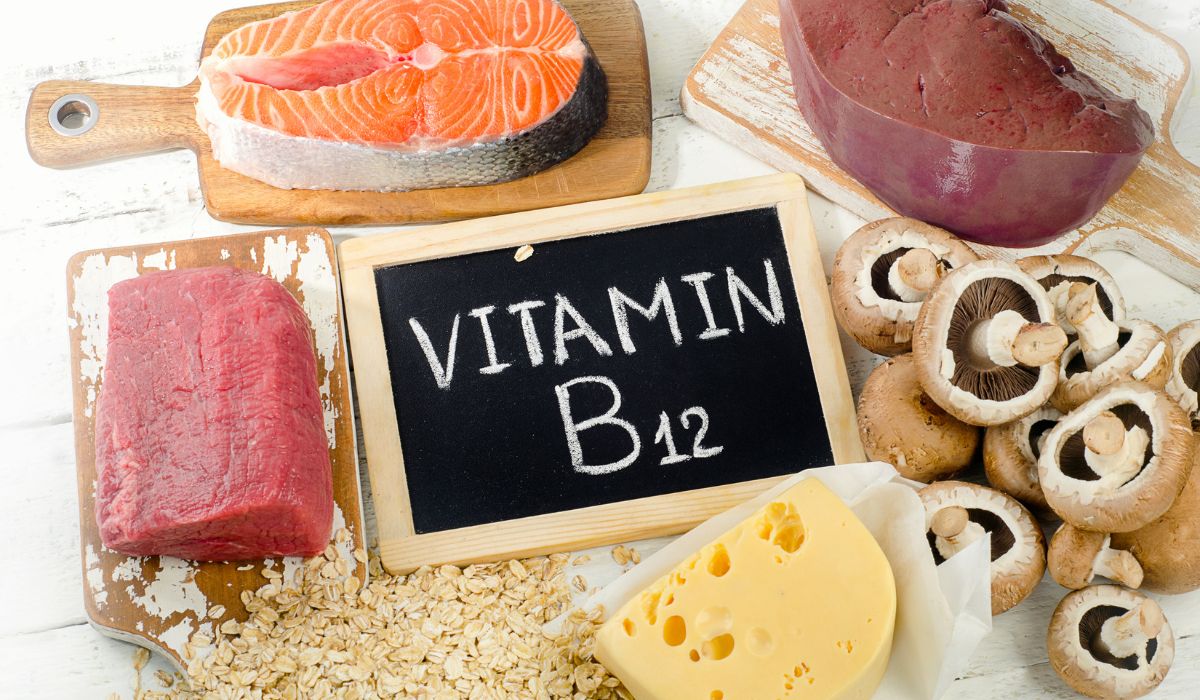Inflammatory Bowel Disease is a big category that includes several separate conditions – the two most common are Crohn’s Disease and Ulcerative Colitis. It’s a serious chronic disease that only a doctor can treat, but like most gut problems, there’s a lot you can do with diet to help manage symptoms. So here’s an overview of what IBD is, what causes it, and why so many people with IBD feel better on Paleo.
About IBD
Inflammatory Bowel Disease (IBD) is essentially a kind of chronic gut inflammation where your immune system attacks cells in your own gut (e.g. the gut flora) as if they were foreign invaders. This causes painful and even life-threatening symptoms:
- Stomach pain, intestinal cramping, and nausea.
- Unhealthy weight loss, nutrient deficiencies, (since the inflammation reduces your ability to absorb nutrients from food) and loss of appetite.
- Constant fatigue, often along with a low-grade fever.
- Stool abnormalities: diarrhea, constipation, or blood in the stool.
These symptoms aren’t always “on.” They fade in and out – some people get symptoms more frequently or even continuously, while other people can have only one episode in their whole life and never have a problem again. Most people are somewhere in the middle, with symptoms flaring up periodically.
As well as the recurring symptoms, complications of IBD further down the line also include a greater risk of colon cancer, intestinal blockages, various types of injuries to the anus and lining of the intestines, and a life-threatening kind of inflammation called toxic megacolon. If you have IBD, you’re also at greater risk for intestinal infections like C. diff.
There are two major types of IBD: Crohn’s Disease and Ulcerative Colitis. Both of them are inflammatory diseases of the gut lining, so they’re very similar, but not quite the same:
- In Crohn’s Disease, any part of the gut can be inflamed, but the most common location is the ileum (the very end of the small intestine).
- Ulcerative Colitis only appears in the colon (the large intestine), and the inflammation is in a different part of the gut lining.
IBD vs. IBS
IBD sounds similar to Irritable Bowel Syndrome (IBS), but they’re actually two completely different problems. Both cause similar symptoms, but for different reasons, and the treatments are completely different.
| Inflammatory Bowel Disease (IBD) | Irritable Bowel Syndrome (IBS) |
| Caused by inflammation | Not caused by inflammation (no known cause) |
| Does not respond to mental health interventions. | Frequently does respond to mental health interventions. |
| Obvious physical abnormalities in the colon. | No physical abnormalities in the colon (everything looks normal but it doesn’t work right). |
| Can cause permanent damage or death. | Does not cause permanent physical damage to the intestines. |
If you think you have Irritable Bowel Syndrome, you can get more information here; this article is about Inflammatory Bowel Disease (IBD).
Causes and Types of IBD

Nobody is completely sure what triggers the autoimmune reaction that causes IBD. It does have a genetic component, but genetics don’t explain everything. IBD is much more common in the developed world, which suggests that something about the modern lifestyle probably triggers it – but nobody is quite sure what that “something” is. Is it stress? Poor diet? Sleep deprivation? Antibiotic overuse? There’s substantial evidence for all of the above, and it’s very likely that it’s a combination of problems.
In any case, the fact that people living in traditional societies rarely seem to get IBD gives us some kind of clue that a Paleo approach might be able to help – and it’s true that many people see huge symptom improvement after going Paleo.
Managing IBD with Paleo
First and foremost: if you have IBD, or think you do, go to a doctor. Don’t try to diagnose and treat yourself at home.
Symptoms of IBD can look like all kinds of things – IBS, Celiac Disease, food intolerances – you can’t take charge of your health until you actually know what you have. Your doctor may prescribe one of several different drugs that are effective for Crohn’s Disease. She might also talk to you about surgery, depending on specifically what’s going on.
In conjunction with medical treatment, a Paleo diet and lifestyle can be very helpful, because it removes a lot of very common inflammatory gut stressors.
- On Paleo, you aren’t eating inflammatory gut irritants like gluten.
- The Paleo approach also emphasizes getting lots of restful sleep and moderate exercise, but not too much. This eliminates two huge sources of inflammatory stress.
Unsurprisingly, removing inflammatory stressors is a very effective way to control symptoms of an inflammatory disease! Some people find that plain, out-of-the-box Paleo is all the change they need for dramatic results, but it’s often helpful to get a little bit more specific. So here are some dietary strategies that might be helpful:
Gut Healing
Cutting out inflammatory foods is one huge step towards a healthier gut, but therapies specifically addressing gut dysbiosis have also shown a lot of promise for IBD. Here are some potential strategies to try, bearing in mind that everyone's gut is different and what helps someone else might not help you:
- Autoimmune Paleo approaches. Since IBD has such a strong autoimmune component, many people find it very helpful to try an autoimmune version of Paleo.
- Reducing or strategizing fiber. Fiber is great for healthy guts, but it doesn’t always play nicely with conditions like IBD. Know your own tolerances – often, low-fiber foods are much easier on the digestive system. Cooked vegetables are often easier to tolerate than raw. On the other hand, some people have no trouble with fiber, and sometimes it even seems to help.
- Dairy elimination. Dairy is a Paleo gray area, but for people with IBD it often helps to cut it out completely: lactose intolerance seems to be more common in IBD.
- Probiotics. Studies on probiotics are still limited, but some promising evidence suggests that certain probiotic strains are helpful, especially in ulcerative colitis.
- Bone broth. It’s gut-healing and delicious – drink it straight or use in soups.
These strategies can help your gut heal enough to actually absorb all those nutrients you’re getting from Paleo foods.
Addressing Nutrient Deficiencies.
Macronutrients (protein, carbs, and fat)
IBD patients are typically underweight, because the intestinal inflammation prevents them from absorbing nutrition from their food. That calls for a little feeding up, Paleo-style: lots of high-quality calories to bring your weight back up to a healthy level.
This sounds like a treatment anyone would be over the moon about, but unfortunately, a lot of IBD patients also lose their appetite, and having extra food restrictions on top of that can make it really hard to get enough food in. If that sounds like you, check out these tips for healthy weight gain: there’s even a whole section on what to do when you need to eat but don’t feel like it.
Micronutrients (vitamins and minerals)

Thanks to malabsorption caused by the intestinal inflammation, patients with IBD also frequently have micronutrient deficiencies that need to be addressed as soon as they’re able to start absorbing the nutrients again. Iron, Vitamin D, and Vitamin B12 are all very common deficiencies, for example.
Foods to prioritize:
- Organ meats like liver and heart. Here’s how to cook them if you never have. These are an excellent source of iron and Vitamin B12, as well as other minerals like magnesium or potassium (both are depleted by diarrhea and vomiting, so IBD can cause serious deficiency).
- Fatty, cold-water fish like salmon and sardines. These fish provide you with Vitamin D, another very common IBD-related deficiency (as a bonus, they’re also rich in anti-inflammatory Omega-3 fats).
- Dark green leafy vegetables and other plant sources of calcium. Bone mineral loss is very common in IBD, and avoiding dairy doesn’t have to mean a calcium deficiency!
Summing it Up
There’s no such thing as a “miracle cure” for IBD – it’s not a disease anyone knows how to cure. But there are ways of treating the symptoms, reducing flares, and generally maintaining a normal life. Obviously, the first stop is the doctor’s office, but after that, Paleo can be a great way to manage symptoms at home and complement medications with an anti-inflammatory diet.





Leave a Reply